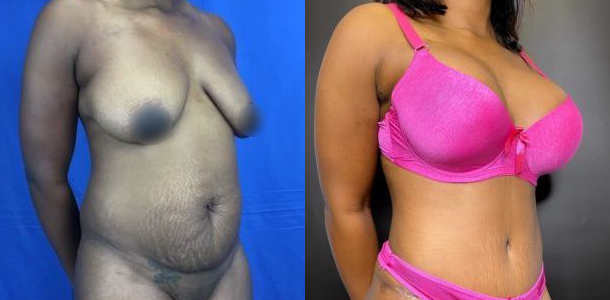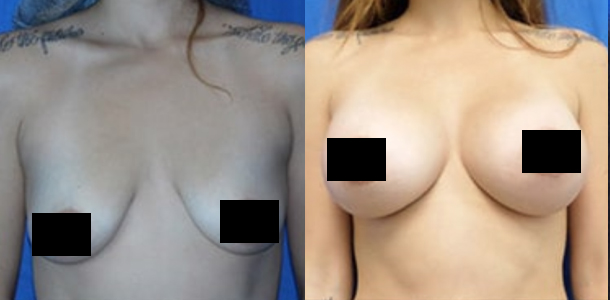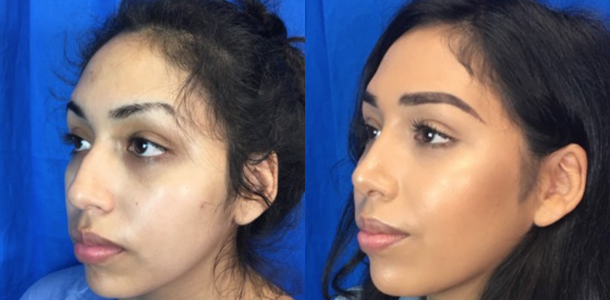Microphlebectomy
Consultations offered at our four convenient locations in Pomona, Beverly Hills, Rancho Cucamonga and Apple Valley, CA
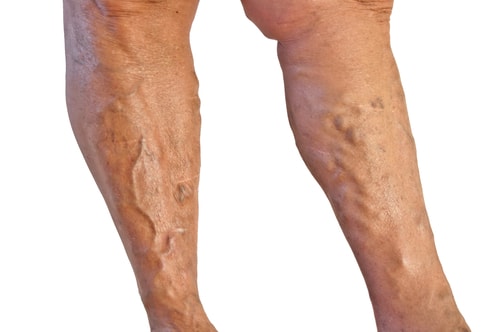
Microphlebectomy, also known as ambulatory phlebectomy, is a minimally invasive procedure to treat superficial bulging veins, also called varicose veins. Candidates for this procedure have veins that are too large for an endovenous chemical ablation such as Sclerotherapy. Microphlebectomy is the “gold standard” outpatient procedure for removing large or medium-sized varicose veins. Veins are removed through a small incision in the leg using local anesthesia; often, sutures are not required. Immediately following, patients can walk around while wearing compression socks, which will help with blood flow and ease discomfort.
Chronic venous insufficiency (CVI) is a common condition when veins in the legs are not working effectively, resulting in a blood “pool” or collection in the lower legs rather than the normal function of returning blood to the heart. Stasis (pooling) damages the singular directional flow of veins in the lower legs. Instead of pushing the blood back up, the veins allow blood to leak backward, causing elevated blood pressure, which leads to CVI. While some people may not experience any adverse symptoms, others may feel extreme discomfort. Regardless, the potential risk of worsening skin damage and ulceration is possible if left untreated. [1]
Dr. Lee Au is an accomplished, board-certified Bariatric Surgeon specializing in varicose vein treatment. He has helped thousands of patients find relief from the pain associated with CVI with a simple in-office procedure. Call Pacific Med Health Group at (800) 555-5551 to set up an appointment for a consultation with Dr. Au at one of our three locations: Pomona, Beverly Hills, and Apple Valley, CA.
Patients interested in finding out more about Dr. Au or additional treatment offered at Pacific Med Health Group can fill out an inquiry form.
Contents
Before & After Photos
View More Photos
What Are Varicose Veins?
It may surprise some patients and help them to feel less alone to learn that varicose veins are one of the most common benign diseases in America. [2] There are overlapping definitions of a varicose vein, but the main specifications are any prominent superficial vein in the lower extremities that has permanently lost valvular efficiency. As the result of continuous dilation under pressure, the diseased vein becomes elongated, pouched, and thickened with a labyrinth-like structure. [3]
If these veins go untreated, pressure and swelling magnify until the capillaries (the tiniest blood vessels in the legs) burst; this causes the overlying skin to take on a darker red tone as it becomes highly vulnerable to lacerations. Varicose veins can present anywhere in the legs, ankles, and feet.
What Causes Varicose Veins?
Any condition that strains the vascular system can increase the risk of developing varicose veins.
Common causes include:
- Pregnancy
- Hormonal birth control
- Obesity
- Aging
- Genetics
- Constipation
- Injury
CVI is thought to be more severe in obese and pregnant patients because the weight of the abdomen compresses the veins in the pelvis and possibly impinges on the veins in the groin. [3][4] There are warning signs of venous insufficiency, including swelling in the lower legs and ankles, aching or heaviness in the legs, new varicose veins, leathery or flaking skin, and the formation of stasis ulcers.
CVI is a severe condition, so you must see your doctor if any of these symptoms present in your lower extremities. The problem won’t go away, but Dr. Au can help!
Call (800) 555-5551 to schedule a consultation today.
Benefits of Microphlebectomy
Removing varicose veins is a permanent and safe procedure, which Dr. Au has performed with excellent patient satisfaction. For patients with veins in a less-advanced stage of atrophy, chemical ablation, such as sclerotherapy, may be possible. During sclerotherapy, a solution is directly injected into diseased veins, which causes them to collapse. Then, after a short time, the veins slowly reabsorb back into the body.
With a microphlebectomy procedure, troublesome veins are removed through a small vertical incision made in the skin. Patients needing this procedure will find their results just as satisfactory; in addition, the following benefits accompany the treatment:
- An in-office procedure completed in a short period
- Small incisions, which rarely need sutures
- Overall lower leg discomfort relief and aesthetic improvement
- A short recovery time
Ideal Microphlebectomy Candidates
Whether your varicose veins cause discomfort or not, treatment is advised. However, some patients may not be in a position to undergo a microphlebectomy. Contraindications to therapy in the affected area include:
- Bacterial skin infections like cellulitis or dermatitis
- Severe swelling (peripheral edema)
- Patients who are seriously ill
- Patients receiving oral anticoagulant treatment
- Patients with advanced blood clots
If you are a good candidate for the procedure, it can drastically improve your quality of life.
Personal Consultation with Dr. Au
Dr. Au welcomes all patients to share their concerns openly during the consultation process to understand better which treatment approach is best. Detail your struggles with varicose veins and any related discomfort or embarrassment you might experience; remember – you are not alone! Dr. Au will examine your areas of concern in your lower extremities before taking your medical history. It is also vital for Dr. Au to understand your lifestyle to elucidate better what may be the cause of your varicose veins and help avoid future vascular problems. Once your issues are completely understood, you will be assisted with making an appointment for your procedure date.
Preparation for Your Microphlebectomy
Another advantage of the microphlebectomy procedure is that very little preparation is required. However, Dr. Au recommends that you purchase compression stockings to be used during the first two weeks after your procedure to control minor swelling.
Procedure
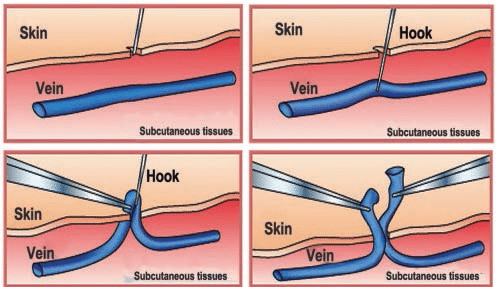
Before treatment, Dr. Au will perform an ultrasound on the areas targeted for treatment. Next, he will map your veins while you are in the standing position to ensure the affected structures are visible. After carefully marking the veins to be removed, a local anesthetic is administered. A small incision – more like a puncture – allows access to the vein and generally does not require stitches when the process is completed.
After the skin perforation, specialized tools come into play.
- A hooked instrument helps to expose the vein.
- A small clamp grips and extracts the vein with care and precision.
- Small scissors are used to cut the vein.
Patients may experience a tolerable pulling sensation as the vein is removed. Dr. Au will then move down along the mapped venous structure to repeat the process so that all parts of the vein are removed, lowering the chance of inflammation. [5] More prominent veins may require ligation if necessary, but this is not common.
After removing all affected veins, the incision site is bandaged and secured. The procedure will last approximately thirty minutes to an hour. Patients are encouraged to return to their daily activities (with compression stockings) the following day to promote blood flow and muscle contraction.
Recovery
Dr. Au strongly encourages all patients to adhere to the following post-operative instructions to increase healing and contribute to a successful recovery:
- You may want to take a few days off from work, depending on the specifics of your job.
- Unless otherwise instructed, leave all bandages and dressings intact for at least 24-48 hours.
- Continue to wear compression stockings for two whole weeks after your procedure.
- Promote circulation and muscle contractions by walking – around 30 minutes a day.
- Resume light activity after a few days and more strenuous activities after about a week.
- Drink plenty of fluids.
Additionally, you can ease discomfort by elevating your legs, applying heat to the area, and taking acetaminophen when needed. Patients should expect swelling and bruising in the days following, and some may experience mild fluid drainage. For the first two weeks after treatment, hot tubs, heavy lifting, and exercise that involves static standing should be avoided.
Results
Once healing is complete, patients will delight in smoother skin with a less rippled landscape. Swelling and bruising will diminish, and the skin will look healthier – you will want to show off your legs, and we support that decision!
During your follow-up appointment, a few weeks after your procedure, Dr. Au will check your healing progress to ensure there are no complications. You may continue to wear your compression stockings until Dr. Au advises otherwise.
What is the Cost of Varicose Vein Treatment in California?
Because no two procedures are the same, the cost of your microphlebectomy will be included in the conversation during your consultation. Our dedicated team is standing by to help you begin your journey to relief from uncomfortable and unsightly varicose veins. Contact us at (800) 555-5551 to set up an appointment in Pomona, Beverly Hills, or Apple Valley, CA.
FAQ
Can Varicose Veins be Prevented?
While the cause of varicose veins may be related to genetics, here are a few tips that will help prevent new or worsening varicose veins:
• Maintain a healthy weight
• Exercise regularly
• Put your feet up while sitting
• Do not cross your legs while sitting
• Wear loose clothing
References
- Cleveland Clinic. Chronic Venous Insufficiency (CVI) | Cleveland Clinic. Cleveland Clinic. Published 2019. https://my.clevelandclinic.org/health/diseases/16872-chronic-venous-insufficiency-cvi
- Ahuja A, Grant T, Dumanian G, Resnick SA. Development of Traumatic Neuromas in a Patient Following Endovenous Laser Ablation and Microphlebectomy Procedures: A Rare Complication From the Removal of Varicose Veins. Cureus. Published online June 22, 2021. doi:10.7759/cureus.15830
- Callam MJ. Epidemiology of varicose veins. British Journal of Surgery. 1994;81(2):167-173. doi:10.1002/bjs.1800810204
- Obesity and Impaired Venous Function. European Journal of Vascular and Endovascular Surgery. 2008;35(6):739-744. doi:10.1016/j.ejvs.2008.01.006
- Kabnick LS, Ombrellino M. Ambulatory Phlebectomy. Seminars in Interventional Radiology. 2005;22(03):218-224. doi:10.1055/s-2005-921955

